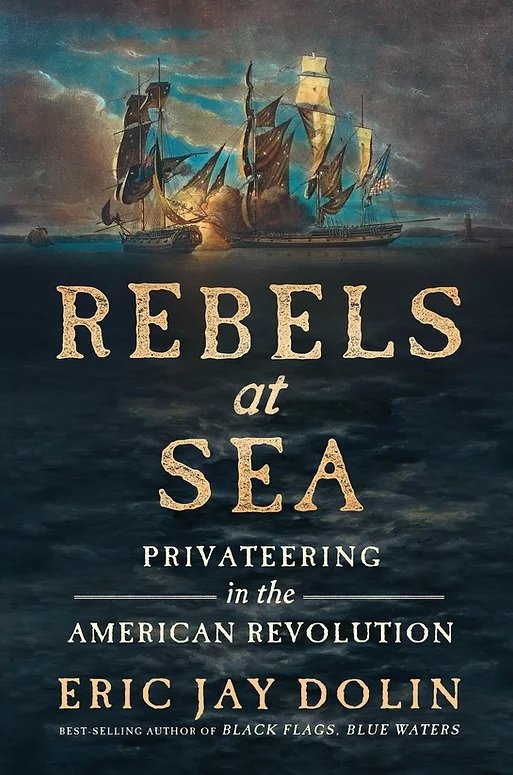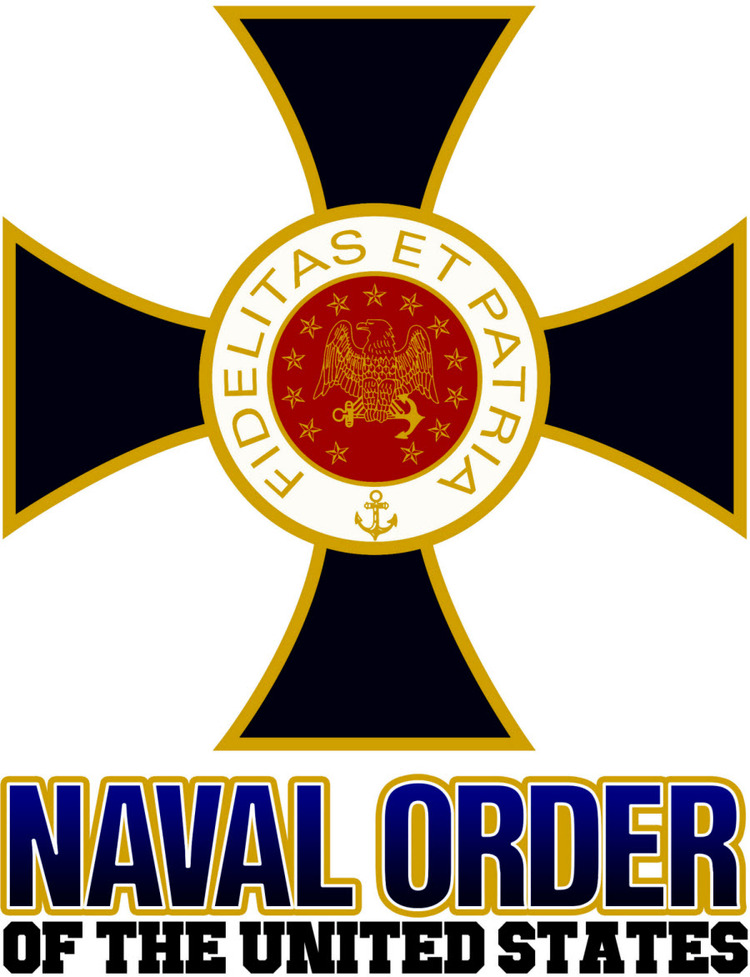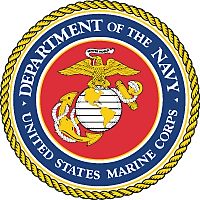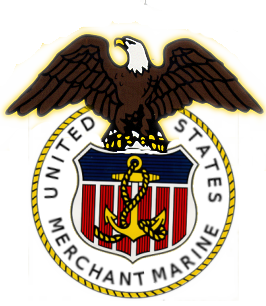
by Eric Jay Dolin
Winner of NOUS' 2023 Samuel Eliot Morison Award for Naval Literature
The best-selling author of Black Flags, Blue Waters reclaims the daring freelance sailors who proved essential to the winning of the Revolutionary War. The heroic story of the founding of the U.S. Navy during the Revolution has been told before, yet missing from most maritime histories of America’s first war is the ragtag fleet of private vessels, from 20-foot whaleboats to 40-cannon men-of-war, that truly revealed the new nation’s character―above all, its ambition and entrepreneurial ethos. In Rebels at Sea, Dolin corrects that significant omission, and contends that privateers, though often seen as profiteers at best and pirates at worst, were in fact critical to the Revolution’s outcome. Armed with cannons, swivel guns, muskets, and pikes―as well as government documents granting them the right to seize enemy ships―thousands of privateers tormented the British on the broad Atlantic and in bays and harbors on both sides of the ocean. Abounding with tales of daring maneuvers and deadly encounters, Rebels at Sea presents the American Revolution as we have rarely seen it before.
Ordering Info: Amazon
Publisher: Liveright (imprint of W. W. Norton), 2022

by Thomas Sheppard
Finalist for NOUS' 2023 Samuel Eliot Morison Award for Naval Literature
Commanding Petty Despots: The American Navy in the New Republic tells the story of the creation of the American Navy. Rather than focus on the well-known frigate duels and fleet engagements, Thomas Sheppard emphasizes the overlooked story of the institutional formation of the Navy. Sheppard looks at civilian control of the military, and how this concept evolved in the early American republic. For naval officers obsessed with honor and reputation, being willing to put themselves in harm’s way was never a problem, but they were far less enthusiastic about taking orders from a civilian Secretary of the Navy. Accustomed to giving orders and receiving absolute obedience at sea, captains were quick to engage in blatantly insubordinate behavior towards their superiors in Washington.
The civilian government did not always discourage such thinking. The new American nation needed leaders who were zealous for their honor and quick to engage in heroic acts on behalf of their nation. The most troublesome officers could also be the most effective during the Revolution and the Quasi and Barbary Wars. First Secretary of the Navy Benjamin Stoddert tolerated insubordination from “spirited” officers who secured respect for the American republic from European powers. However, by the end of the War of 1812, the culture of the Navy’s officer corps had grown considerably when it came to civil-military strains. A new generation of naval officers, far more attuned to duty and subordination, had risen to prominence, and Stoddert’s successors increasingly demanded recognition of civilian supremacy from the officer corps. Although the creation of the Board of Navy Commissioners in 1815 gave the officer corps a greater role in managing the Navy, by that time the authority of the Secretary of the Navy—as an extension of the president—was firmly entrenched.
Ordering Info: Amazon
Publisher: U.S. Naval Institute Press, 2022

by Gary J. Ohls
Finalist for NOUS' 2018 Samuel Eliot Morison Award for Naval Literature
American Amphibious Warfare offers analysis of the early amphibious landing operations from the Revolutionary War to the Civil War. Through a case study approach, the operational and strategic significance of each action is analyzed and its impact on the development of the United States is assessed. By focusing on seven major campaigns, Gary J. Ohls provides readers with a richer appreciation of the origins of American amphibious warfare.
For many Americans, the concept of amphibious warfare derives from the World War II model in which landing forces assaulted foreign shores and faced determined resistance. These actions usually resulted in very high casualty rates, yet they proved uniformly successful. The circumstances of geography coupled with the weapons and equipment available at that time dictated this type of warfare. During the eighteenth and nineteenth centuries, no such equipment or weapons existed for assaulting defended beaches. Commanders attempted to land their forces in areas where the resistance would be light or nonexistent. The initiative and maneuverability inherent in naval forces permitted the delivery of combat power to the point of attack faster that the land-based defenders could react. Ohls explains how amphibious traditions began in this era and shows how they compare with modern amphibious forces, particularly the tactics of today's U.S. Marine Corps.
Ordering Info: Amazon
Publisher: Naval Institute Press, 2017

by Tim McGrath
Winner of NOUS' 2016 Samuel Eliot Morison Award for Naval Literature
America in 1775 was on the verge of revolution—or, more likely, disastrous defeat. After England’s King George sent hundreds of ships to bottle up American harbors and prey on American shipping, John Adams of Massachusetts proposed a bold solution: The Continental Congress should raise a navy.
“A meticulous, adrenaline-filled account of the earliest days of the Continental Navy.”—New York Times Bestselling Author Laurence Bergreen
Ordering Info: Amazon
Publisher: NAL; Reprint edition 2015




by Eric Jay Dolin
Winner of NOUS' 2023 Samuel Eliot Morison Award for Naval Literature
The best-selling author of Black Flags, Blue Waters reclaims the daring freelance sailors who proved essential to the winning of the Revolutionary War. The heroic story of the founding of the U.S. Navy during the Revolution has been told before, yet missing from most maritime histories of America’s first war is the ragtag fleet of private vessels, from 20-foot whaleboats to 40-cannon men-of-war, that truly revealed the new nation’s character―above all, its ambition and entrepreneurial ethos. In Rebels at Sea, Dolin corrects that significant omission, and contends that privateers, though often seen as profiteers at best and pirates at worst, were in fact critical to the Revolution’s outcome. Armed with cannons, swivel guns, muskets, and pikes―as well as government documents granting them the right to seize enemy ships―thousands of privateers tormented the British on the broad Atlantic and in bays and harbors on both sides of the ocean. Abounding with tales of daring maneuvers and deadly encounters, Rebels at Sea presents the American Revolution as we have rarely seen it before.
Ordering Info: Amazon
Publisher: Liveright (imprint of W. W. Norton), 2022
by Thomas Sheppard
Finalist for NOUS' 2023 Samuel Eliot Morison Award for Naval Literature
Commanding Petty Despots: The American Navy in the New Republic tells the story of the creation of the American Navy. Rather than focus on the well-known frigate duels and fleet engagements, Thomas Sheppard emphasizes the overlooked story of the institutional formation of the Navy. Sheppard looks at civilian control of the military, and how this concept evolved in the early American republic. For naval officers obsessed with honor and reputation, being willing to put themselves in harm’s way was never a problem, but they were far less enthusiastic about taking orders from a civilian Secretary of the Navy. Accustomed to giving orders and receiving absolute obedience at sea, captains were quick to engage in blatantly insubordinate behavior towards their superiors in Washington.
The civilian government did not always discourage such thinking. The new American nation needed leaders who were zealous for their honor and quick to engage in heroic acts on behalf of their nation. The most troublesome officers could also be the most effective during the Revolution and the Quasi and Barbary Wars. First Secretary of the Navy Benjamin Stoddert tolerated insubordination from “spirited” officers who secured respect for the American republic from European powers. However, by the end of the War of 1812, the culture of the Navy’s officer corps had grown considerably when it came to civil-military strains. A new generation of naval officers, far more attuned to duty and subordination, had risen to prominence, and Stoddert’s successors increasingly demanded recognition of civilian supremacy from the officer corps. Although the creation of the Board of Navy Commissioners in 1815 gave the officer corps a greater role in managing the Navy, by that time the authority of the Secretary of the Navy—as an extension of the president—was firmly entrenched.
Ordering Info: Amazon
Publisher: U.S. Naval Institute Press, 2022
by Gary J. Ohls
Finalist for NOUS' 2018 Samuel Eliot Morison Award for Naval Literature
American Amphibious Warfare offers analysis of the early amphibious landing operations from the Revolutionary War to the Civil War. Through a case study approach, the operational and strategic significance of each action is analyzed and its impact on the development of the United States is assessed. By focusing on seven major campaigns, Gary J. Ohls provides readers with a richer appreciation of the origins of American amphibious warfare.
For many Americans, the concept of amphibious warfare derives from the World War II model in which landing forces assaulted foreign shores and faced determined resistance. These actions usually resulted in very high casualty rates, yet they proved uniformly successful. The circumstances of geography coupled with the weapons and equipment available at that time dictated this type of warfare. During the eighteenth and nineteenth centuries, no such equipment or weapons existed for assaulting defended beaches. Commanders attempted to land their forces in areas where the resistance would be light or nonexistent. The initiative and maneuverability inherent in naval forces permitted the delivery of combat power to the point of attack faster that the land-based defenders could react. Ohls explains how amphibious traditions began in this era and shows how they compare with modern amphibious forces, particularly the tactics of today's U.S. Marine Corps.
Ordering Info: Amazon
Publisher: Naval Institute Press, 2017
by Tim McGrath
Winner of NOUS' 2016 Samuel Eliot Morison Award for Naval Literature
America in 1775 was on the verge of revolution—or, more likely, disastrous defeat. After England’s King George sent hundreds of ships to bottle up American harbors and prey on American shipping, John Adams of Massachusetts proposed a bold solution: The Continental Congress should raise a navy.
“A meticulous, adrenaline-filled account of the earliest days of the Continental Navy.”—New York Times Bestselling Author Laurence Bergreen
Ordering Info: Amazon
Publisher: NAL; Reprint edition 2015






